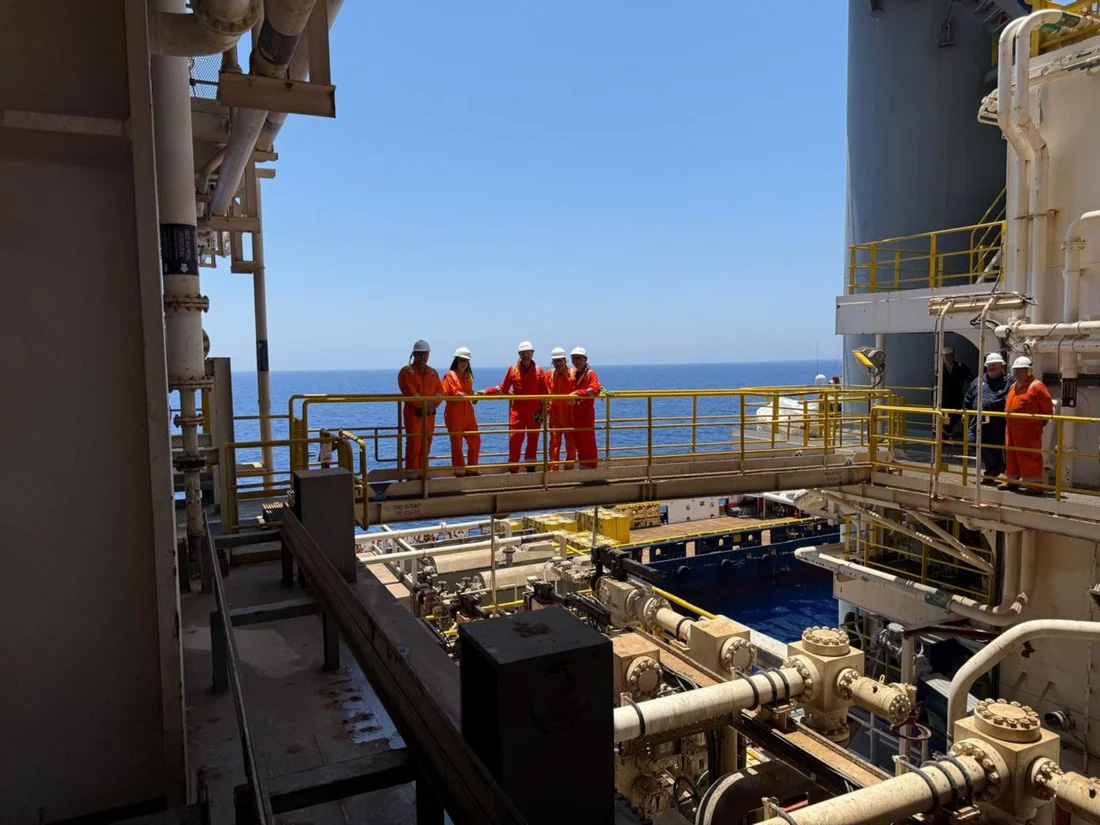Industrial production in Cyprus recorded significant growth in September 2025, according to first estimates released by Eurostat this week.
Cyprus’ manufacturing sector showed a strong increase month-on-month, even as the broader Euro area and European Union (EU) figures experienced a modest recovery following a dip in August 2025.
Cyprus saw a monthly increase of 1.0 per cent in industrial production in September 2025 compared with the previous month.
This follows a period of stability in August 2025, where the industrial production change was zero per cent, and a 0.5 per cent increase in July 2025.
Over the last six months for which data is available in the Eurostat report, Cyprus’ industrial output has shown a net positive trend, starting with a 1.0 per cent increase in April 2025 and only a minor dip of 1.4 per cent in May 2025.
Across the Euro area, seasonally adjusted industrial production rose by 0.2 per cent in September 2025 compared with August 2025, a rebound from the 1.1 per cent fall recorded in August 2025.
The wider European Union experienced a more robust increase, with industrial production growing by 0.8 per cent in September 2025, partially offsetting the 0.9 per cent drop seen the month before.
Comparing the figures with the previous year, industrial production was up by 1.2 per cent in the euro area and by 2.0 per cent in the EU in September 2025 compared with September 2024.
The overall increase in the euro area’s industrial production in September 2025 was driven by energy and goods, as durable and non-durable consumer goods production saw decreases.
Production increased for intermediate goods by 0.3 per cent, for energy by 1.2 per cent, and for capital goods by 0.3 per cent, but decreased for durable consumer goods by 0.5 per cent and for non-durable consumer goods by 2.6 per cent.
Across the entire EU, industrial production rose for intermediate goods by 0.4 per cent, for energy by 0.9 per cent, for capital goods by 0.4 per cent, and for durable consumer goods by 0.1 per cent, though there was a decrease for non-durable consumer goods of 0.4 per cent.
Among all member states, Denmark (+7.2 per cent), Sweden (+5.3 per cent), and Greece (+4.8 per cent) reported the highest monthly increases.
Conversely, the largest decreases were observed in Ireland, which recorded a fall of 9.4 per cent, followed by Luxembourg with a 5.7 per cent decrease, and Malta with a 1.7 per cent decrease.
On an annual basis, compared with September 2024, the highest increases were reported in Sweden, up 14.7 per cent, Denmark, up 9.5 per cent, and Greece, up 7.1 per cent.
The largest annual decreases were seen in Bulgaria with a 5.6 per cent decline, Luxembourg with a 3.4 per cent decline, and Lithuania with a 2.3 per cent decline.
For the euro area’s annual comparison, industrial production increased for intermediate goods by 0.5 per cent, for energy by 2.1 per cent, for capital goods by 1.1 per cent, and for non-durable consumer goods by 2.2 per cent, but decreased for durable consumer goods by 3.0 per cent.
The EU mirrored this trend, with annual increases for intermediate goods by 0.6 per cent, for energy by 1.2 per cent, for capital goods by 1.7 per cent, and for non-durable consumer goods by 4.5 per cent, while durable consumer goods production decreased by 1.5 per cent.







Click here to change your cookie preferences